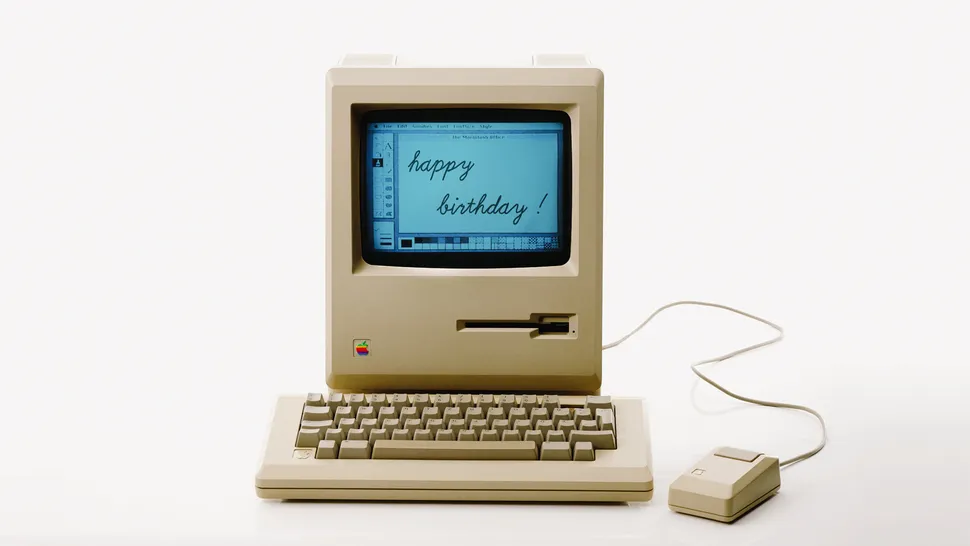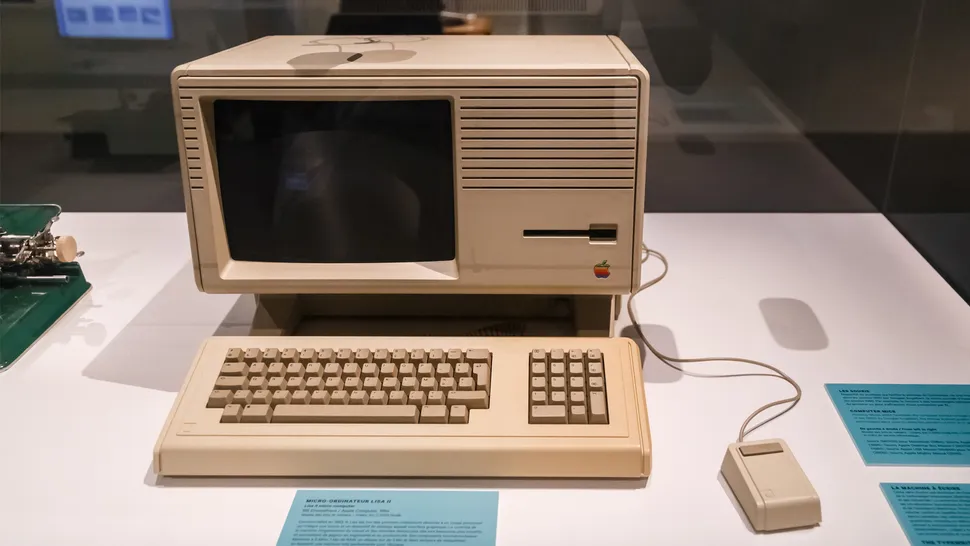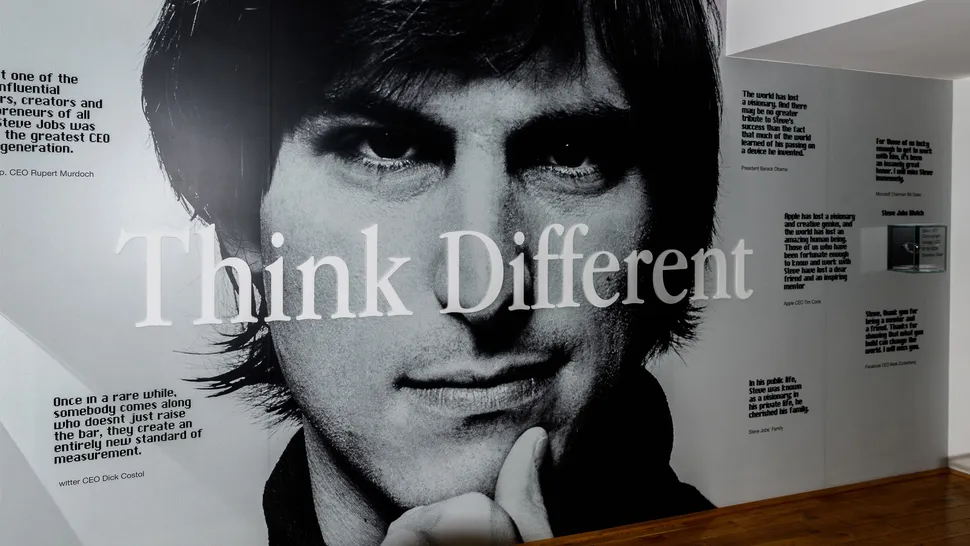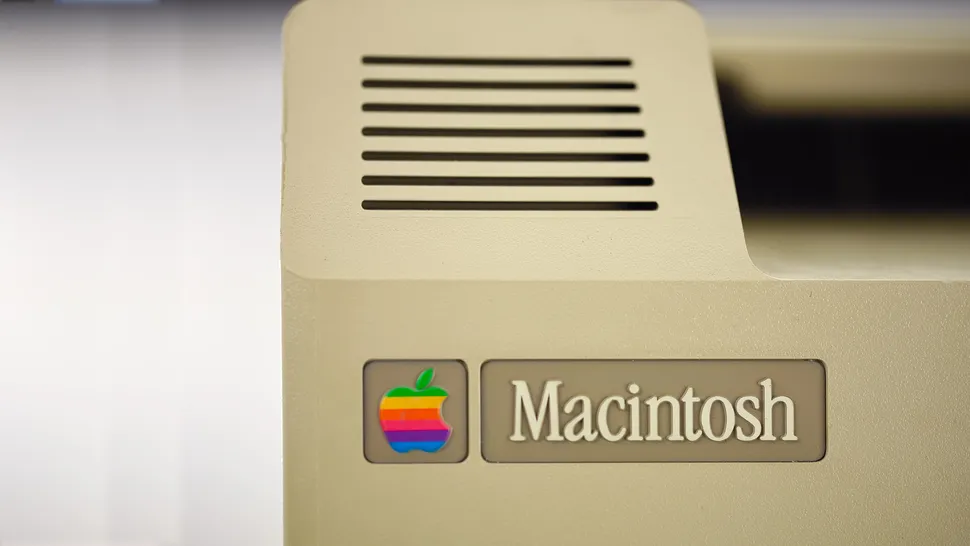Apple's portable desktop was quite a surprise and departure from all that came before

(Image credit: Shutterstock)
I don't remember the day the Macintosh launched.
On January 24, 1984, I was still in college, consumed with papers, tests, grades, finding a way to speak to that girl in Tower B, and missed one of the most monumental launches in tech history.
To be fair, personal computers weren't all that interesting or sexy back then. My Commodore 128 was the ultimate utility device, where I wrote every single college paper and then tried to forget about it.
At school, we had computer labs where we learned BASIC or Fortran, painfully aware of the chasm that existed between these quotidian efforts and Star Trek's responsive and effortless "Computer."
Today, we remember the Macintosh with the hagiography of hindsight. It was earth-shattering (or at least screen-shattering if you believed the Super Bowl commercial) and set the stage for all personal computing to follow.
Not so compatible

At the time, though, the media was consumed with compatibility. A few years into the personal computer revolution, most of which was still happening in offices and, to a lesser extent, academia, unveiling a computer that offered zero interoperability with the IBM PC was at least shocking.
Yes, Apple and Steve Jobs bet the farm on the Macintosh launch, but what's been lost to memory is how Apple hedged is bets a bit with the Lisa 2, 2/5 and 2/10, 32-bit updates to 1983's Apple Lisa computer. Despite a graphical desktop, no one remembers the Lisa as a ground-breaking system that made the Macintosh possible, though it clearly was.
The Mac's desktop (early reports still put "desktop" in quotes as if it was so proprietary and esoteric that it might not outlast the Mac) was even described as similar to Lisa's, though tech journalists took pains to describe in detail the act of, for instance, dragging an icon on top of an ever-present trashcan icon to delete it. Functions we take for granted are described in terms now reserved for explaining "Bitcoin" to aging parents: "The entry-level personal computer also supports a cut-and-paste feature that allows data from one display window to be electronically transferred to another.”
Despite its ability to open multiple "windows," the first Macintosh did not even support multi-tasking (the Lisa did).
The big risk

Apple and Jobs has big dreams for the Macintosh but also recognized the enormous risks of so much investment (a reported $50 million alone on advertising) and attempting things like a just-in-time supply chain (maintaining just weeks of inventory to build and deliver new Macs), something that had never been tried before in computer (or most) American manufacturing.
"Our whole premise for the Macintosh is based on the fact that current technology is not sufficient to reach the tens of millions of people who need personal computers," Jobs told ComputerWorld on in January 1984, adding, "If the people in this industry do not require radical technical innovation, then this company will not be here in two years' time."
Apple's controversial decision not to support IBM compatible systems directly (there was software that allowed Macs and Lisa computers to act as sort of dummy DOS terminals) did raise some eyebrows. Still, among the Macintosh computer's earliest supporters was Microsoft.
The company was making a sizeable investment in productivity software for young platform, which ran on an 8 MHz Motorola 68000 CPU. It clearly saw a fresh market opportunity, especially in places where the DOS-running IBM PC had yet to break through (the home, school).
"To create a new standard takes something that's not just a bit different. It takes something that's really new and captures people's imaginations. Macintosh meets that standard," said, yes, Bill Gates at the time.
Don't have much

With a proprietary OS, almost no software ready at launch (it did have MacWrite and MacPaint, which was described as "a clever graphics package that uses the Mac's high-resolution screen to the fullest"), and no clear path between it and more established computing options, Macintosh was anything but a sure thing.
In those early days, though, Apple moved quickly. The 256K Macintosh was followed in short order by the Macintosh 512K, then the Macintosh SE, and by 1989, the Macintosh SE30.
I met my first Mac, a 512K model, I think, in 1986. By then there were already some black and white, GUI-based applications including Aldus PageMaker, an excellent desktop publishing application ("no one called anything "apps" in 1986) that let you build entire layouts and print them out, one half at a time, on an Apple LaserWriter printer (the two halves never lined up perfectly).
Having spent college on that old Commodore, the Macintosh was the revelation Jobs promised and Gates foresaw. I was inspired because it was inspiring.
As for the Lisa computer, it was already forgotten, discontinued in 1986.
An icon's bumpy ride
The Macintosh didn't sail on through the 21st Century. Apple's Macintosh II was a failure and the company's personal computers wouldn't regain their footing until company founder Steve Jobs, who was ousted from Apple in 1985, returned more than a decade later and relaunched Macintosh as an iconic, cotton-candy colored iMac.
No Mac, however, has quite caught the magic or sparked the zeitgeist like that first portable box. By today's standards, it's charmingly underpowered. I loved how tech press at the time described the 512 × 342 pixel resolution 9-inch screen as "high resolution" (your Apple Watch has 448 x 368 pixels). Still for 1984, it was the equivalent of the door between Dorothy's black and white world and Oz's colorful wonderland. So many new possibilities. That's worth remembering and celebrating.
- flash48 and aum
-

 2
2


3175x175(CURRENT).thumb.jpg.b05acc060982b36f5891ba728e6d953c.jpg)
Recommended Comments
Join the conversation
You can post now and register later. If you have an account, sign in now to post with your account.
Note: Your post will require moderator approval before it will be visible.